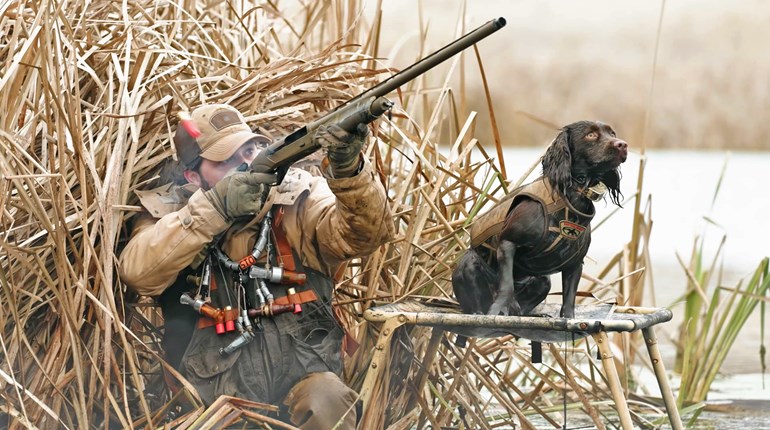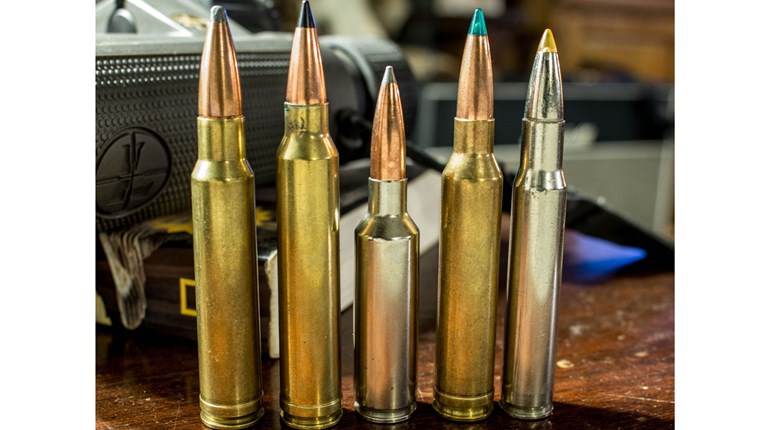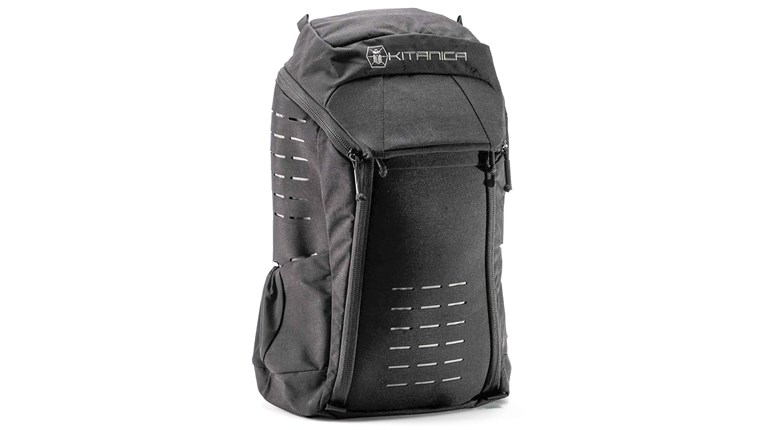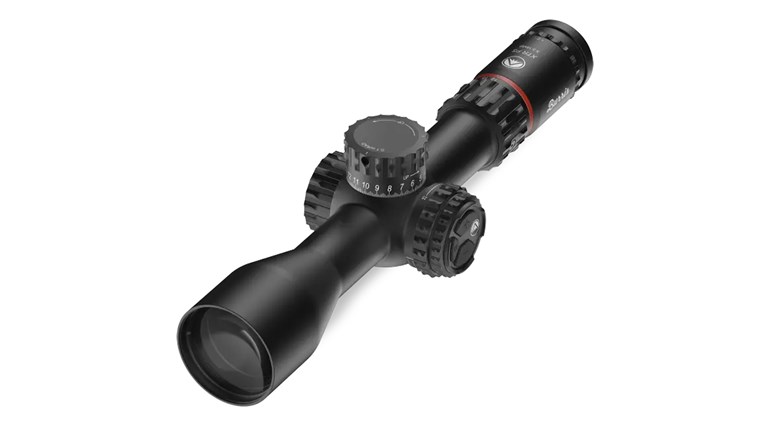
Several years back, when I worked at NRA Headquarters, Federal Premium Ammunition brought some of its new 12-gauge tactical buckshot and slug ammo for us to test on the range. So, a pile of editors headed to the range with a couple cases of the stuff.
Our firearms inventory manager at the time thought we’d want a tactical-style shotgun to test this tactical ammo, so he brought down a Remington 870 with an AR-15-style buttstock—you know, the one with the metal tube for a comb and a thin sheet of hard plastic for a buttpad. In an effort to test the accuracy of the new loads, we shot from a benchrest. Big mistake.
“Stuff’s pretty accurate,” said one editor as he dragged himself away from the bench after firing one shot. He rotated his right arm back, as if he were a pitcher warming up, and winced. Another editor, a brawny young man who prided himself on taking pain, may have fired four shots or so until he passed the gun off. “Not too bad,” he said through clenched teeth and a croaky voice. The firearms inventory manager then carted away the majority of the two cases of unused ammo.
The point is, shotguns loaded with full-power slug- and buckshot loads kick like mules. It’s just physics, and it’s the main reason why AR-15s are so popular with shooters; they’re fun and easy to shoot because they produce about 3 ft.-lbs. of force under recoil. Compare this to a .308 Win. that produces 13 ft.-lbs., or an 8-pound shotgun shooting a 1 3/4-ounce load at 1,200 fps, which produces 55 ft.-lbs. That’s on par with most so-called elephant guns. It can cause headaches, flinching, missing, purple shoulders, sore cheeks and broken collar bones if the gun isn’t fired with proper technique. Mainly, it can kill enthusiasm for practice.
It’s not that the average shotgunner can’t handle recoil. In real, adrenaline-filled situations, you’ll never even feel it. And for a few shots when you show your buddy your new defensive shotgun, the recoil knocking him off balance might drive home how powerful it is. But eventually, if every time you shoot your shotgun you get beaten up, you’ll subconsciously begin to opt for your AR or handgun more and more. You’ll practice less with your shotgun, and you’ll be less proficient with it. And as wingshooters have known for years, the less a shotgun recoils, the faster and more-accurate follow-up shots can be. What’s more, shotgunning becomes fun, and when it’s fun it becomes second nature.
Perhaps the best tactical shotgun for reducing recoil is Remington’s VersaMax Tactical that has a gel comb insert, joyous buttpad, natural heft and a recoil-reducing gas action. I own a UTAS UTS-15 shotgun, and I think it’s underrated; except for one thing. The rigid polymer place where you’re expected to plant your cheek—and you must plant it solidly to control the gun—feels like you’re taking a kick from Jackie Chan every time it fires. Its rubber buttpad is better than some, but still it’s too hard and lacks vents that would allow it to flex. A few shots is fine, but after the full 15, you’ll want to give your AR a hug. Kel-Tec’s cruelly light KSG is even worse. SRM’s revolving magazine shotgun is the same, straight-lined, rock-hard thing. At least IWI’s Tavor TS12 action is gas-operated, but its recoil is still harsh. Most of the Saiga variants and AR-15-modeled tactical shotguns utilize folding-metal, hard-plastic or skeletonized stocks—great for lighter-kicking 7.62x39 mm rounds, but horrible for a 12-gauge.
So, given the undeniable recoil force that detracts from shooting prowess, why haven’t many tactical shotgun manufacturers addressed the issue? One reason you see it more with the bullpup designs could be because the recoil pad adds inches to overall length, and every inch past the legal 26 inches could be seen as a reason to buy another, shorter gun. Trust me, however, when I say that an extra inch that’s invested in a top-notch recoil pad should be coveted. Engineering design plays a role, but there’s no excuse not to pad the buttstock or conform it to fit an average human face.
Another reason is cost. Any additional manufacturing step, material or accessory raises cost and could decrease sales or shave margins. But, the most likely reason is aesthetics. Shotguns with traditional stocks look like Grandpa’s old duck gun, whereas new tactical shotguns with their monolithic stocks look like something an action hero would carry. Trouble is, that’s a movie, not reality.
If you already own one of these guns, don’t worry. Consider seeking a piece of neoprene from your pistol-cleaning mat and cutting it to fit and applying it to the cheekpiece with double-sided adhesive. Duct tape and foam also works. Beretta offers its Gel Tek comb pad that you can buy for about $30. Next, if the gun will accommodate it, remove and replace the existing buttpad with a useful one like Pachmayr’s Decelerator. That’s up there with Ben Gay for reducing shoulder pain. Certainly, test the gun after modifying to make sure it functions normally, but don’t shy from doing what you must to make your shotgun more tolerable to shoot. Then shoot it often.






































